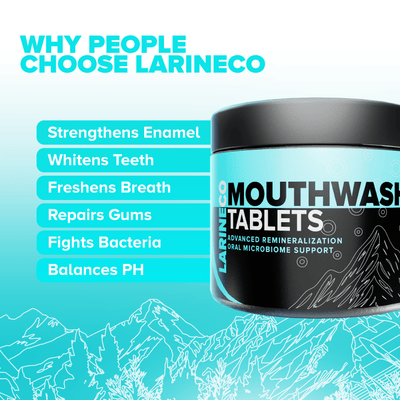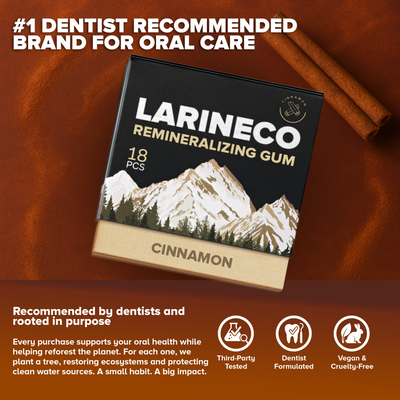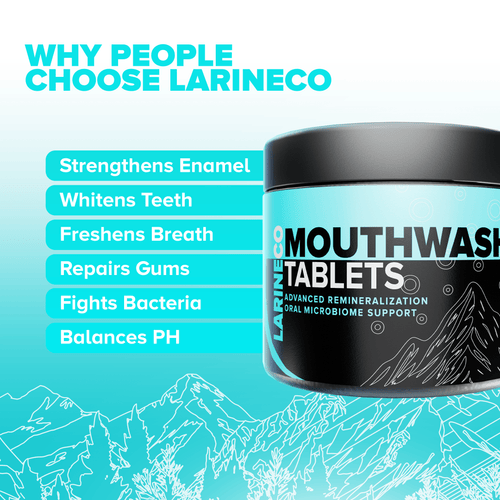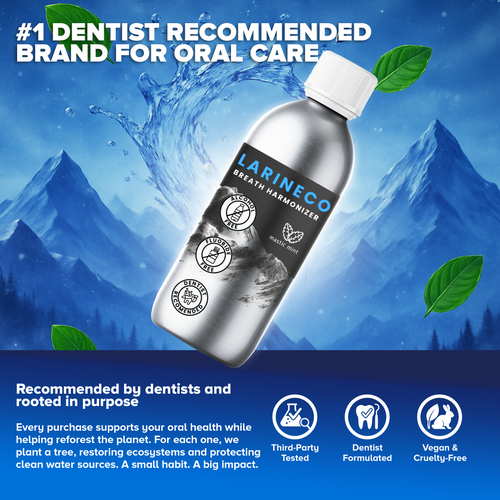How to Chew A Remineralizing Gum for Maximum Benefits
Why Chewing a Remineralizing Gum Matters
Chewing remineralizing gum is more than just a freshening habit; it’s a powerful way to support your oral health. The act of chewing stimulates saliva flow. Saliva plays a vital role in enamel repair and maintaining a balanced oral environment. Saliva helps neutralize acids produced by bacteria and carries essential minerals like calcium and phosphate directly to your teeth. This mineral delivery is key to repairing and rebuilding weakened enamel.
What sets remineralizing gum apart from regular gum is its active formula. Instead of simply masking foul breath, it contains ingredients specifically designed to promote enamel repair and protect against decay. Chewing remineralizing gum keeps your mouth hydrated and fresh while promoting natural healing.

How Long Should You Chew for Maximum Effect?
-
Ideal chewing duration: Aim for 15 to 20 minutes per session based on research-backed recommendations.
-
Why this matters: Sustained chewing stimulates saliva flow, which is essential for delivering minerals like calcium and phosphate to your teeth.
-
Mineral delivery: The longer you chew within this timeframe, the more minerals (such as nano-hydroxyapatite and xylitol) are released gradually and absorbed into enamel.
-
Effect on enamel: This steady mineral absorption helps repair microscopic enamel lesions and strengthen teeth against decay.
-
Too short: Chewing for less than 15 minutes may not produce enough saliva or mineral exposure to significantly benefit enamel repair.
-
Too long: Chewing beyond 20 minutes typically doesn’t add extra benefits and may cause jaw fatigue.
- Conclusion: Chewing remineralizing gum for 15–20 minutes optimizes both mineral delivery and comfort, maximizing enamel repair and oral health support.
How Often Should You Chew Remineralizing Gum Daily?
To get the most out of remineralizing gum, it’s recommended to chew it about 3 to 5 times per day. This frequency helps provide continuous support for your enamel by regularly stimulating saliva production, which is your mouth’s natural defense mechanism. Spacing out these chewing sessions throughout the day is crucial; doing so maintains a steady flow of saliva, ensuring minerals like calcium and phosphate are consistently delivered to your teeth. This ongoing stimulation prevents prolonged acidic conditions in the mouth and promotes effective enamel repair, making regular intervals key to maximizing the gum’s protective benefits.
Best Times to Chew Remineralizing Gum
Chewing remineralizing gum right after meals and snacks is ideal because it helps neutralize the acids produced by food breakdown and supports the enamel repair process when your teeth are most vulnerable. This timing maximizes saliva flow, which buffers acidity and delivers essential minerals to strengthen tooth enamel. However, it’s best to avoid chewing gum too close to bedtime, as increased saliva production can interfere with sleep quality. Additionally, excessive chewing beyond the recommended duration can lead to jaw fatigue or discomfort, so moderation is key to balancing benefits and comfort.
How to Chew Properly: Tips for Effectiveness and Comfort
Chew your remineralizing gum steadily and gently; avoid aggressive or rapid chewing that can strain your jaw muscles and cause discomfort. Effective chewing is often accompanied by increased saliva flow and a consistent release of the gum’s natural flavors, signaling that the active ingredients are being delivered properly. Be mindful not to chew too quickly or for too short a time, as these habits limit saliva stimulation and reduce the gum’s ability to aid enamel repair. Maintaining a comfortable, steady rhythm ensures you get the maximum oral health benefits without fatigue.
Choosing the Right Remineralizing Gum for Optimal Results

When selecting a remineralizing gum, focus on products that contain key ingredients proven to support enamel repair and oral health. Look for nano-hydroxyapatite, which helps rebuild and strengthen tooth enamel, and xylitol to reduce cavity-causing bacteria while promoting saliva flow. Natural flavors enhance the chewing experience and avoid the harsh chemicals found in many artificial additives.
It’s best to avoid gums that contain added sugars or synthetic ingredients, as these can counteract the benefits by feeding harmful bacteria or irritating the mouth. If you're looking for a well-made option, Larineco Remineralizing Gum provides a safe and effective mix of nano-hydroxyapatite and xylitol, which is a good choice for maintaining your oral health with each chew. LarineCo specializes in creating science-backed oral care products with remineralizing agents like Hydroxyapatite.
Common Mistakes to Avoid When Chewing Remineralizing Gum

Some of the common mistakes that you should avoid while chewing a remineralizing gum are:
-
Chewing for too short a time, which limits saliva stimulation and mineral delivery
-
Chewing for excessively long periods, risking jaw discomfort or diminishing returns
-
Using remineralizing gum either infrequently or inconsistently reduces its overall effectiveness.
-
Relying on gums that do not contain active remineralizing ingredients results in little to no benefit for enamel.
-
Ignoring proper chewing techniques, such as chewing too quickly or too forcefully, can lead to strain and diminish effectiveness.
Making Remineralizing Gum Chewing a Daily Habit
Incorporating remineralizing gum into your daily routine is easier than you might think. Start by setting simple reminders or pairing gum chewing with regular activities, like after meals or during breaks, to maintain consistent frequency. Remember, chewing for 15–20 minutes, 3–5 times a day, especially after eating, maximizes saliva flow and enamel repair.
Using remineralizing gum is a simple, effective way to support your oral health every day. For the best experience, try LarineCo remineralizing gum, available in various natural flavors to make your daily oral care routine both enjoyable and beneficial.










